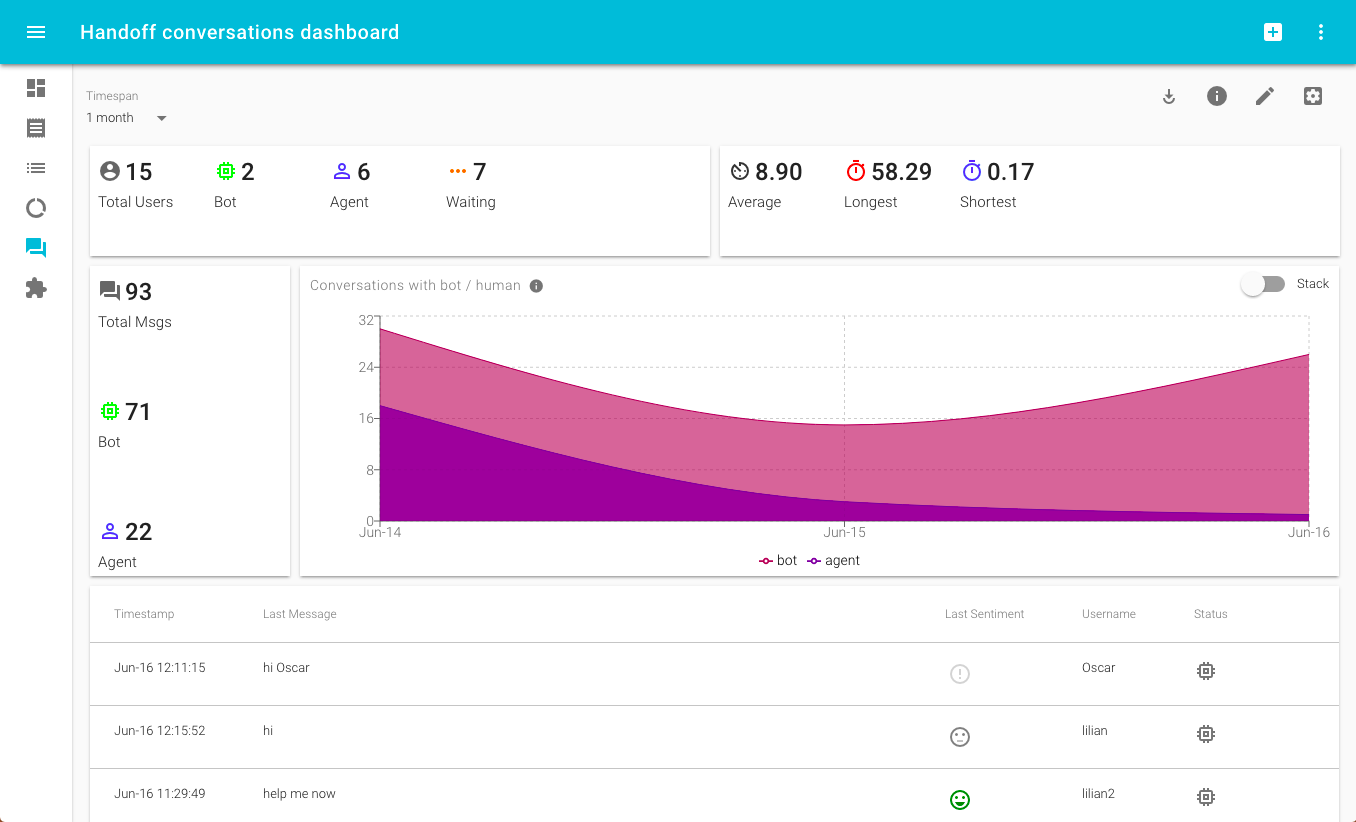ISE Developer Blog
Solving global tech challenges, sharing insights, and empowering developers
Latest posts

Sequence Intent Classification Using Hierarchical Attention Networks
We analyze how Hierarchical Attention Neural Networks could be helpful with malware detection and classification scenarios, demonstrating the usefulness of this approach for generic sequence intent analysis. The novelty of our approach is in applying techniques that are used to discover structure in a narrative text to data that describes the behavior of executables.

Using a Private Ethereum Consortium Network to Store and Validate Documents
Food retailers in Germany are required to prove that their food is below thresholds for regulated substances, such as pesticides. Currently, producers must send their probes for these substances to laboratories and only receive their results days later. In the meantime, they must wait to find out whether they s

Copy Custom VM Images on Azure
We created an azure-cli extension to simplify the process of distributing VM images globally.

Using Helm to Deploy Blockchain to Kubernetes
We recently worked with Webjet to migrate their deployment from IaaS to Kubernetes and used Helm to deploy a private Ethereum network to Kubernetes.

Analysing Bot to Human Hand-off Interactions
A common use case in the bot-verse is the ability to hand over a customer conversation from a bot to a human, and the vital need for a feedback loop for this kind of scenario. From this, we developed a Hand-off Dashboard Template that can be used within the Ibex dashboard to provide users with important information about how their bot and agents are working with customers.

Orchestrating TURN Servers for Cloud Deployment
We worked with Aveva to build 3DToolkit, a toolkit for creating powerful cloud-based 3D experiences that stream on low-powered devices with WebRTC.

Azure Event Hub Ingestion at Scale with Python and Kubernetes
We created a solution to ingest Azure Event Hubs events at scale using Python and Kubernetes.

Continuous Delivery for Service Fabric via Github, Travis CI and Docker Compose
This article describes how to use GitHub, Travis CI and Docker Compose to build a simple continuous delivery pipeline to deploy Linux Docker containers to a Service Fabric cluster of Linux hosts.

Deploying a Linux Python web application to Service Fabric via Docker Compose
This article covers how to take a standard Python web service consisting of an application tier, a WSGI server, and a Nginx reverse proxy and deploy it via Linux containers to a Linux cluster managed by Azure Service Fabric using only simple tooling like Docker Compose.
